Artificial Intelligence is now an everyday tool in business. Companies use it to write content, answer customer questions, plan marketing campaigns, and much more. Two words that come up often are GPTs and prompts. Many people think they mean the same thing, but they do not. Understanding the difference will help you make smarter decisions about how to use AI in your business.
What is a GPT?
A GPT, short for Generative Pre-trained Transformer, is the AI model itself. It is the “engine” that powers everything, trained on massive amounts of text so it can understand language and generate human-like responses.
GPTs are custom trained agents inside ChatGPT, a tailored version of ChatGPT, the most powerful and popular AI platform on the planet. A custom GPT can be built for specific uses. For instance, an ecommerce store might have a GPT that specializes in writing SEO product descriptions, while a clinic might use one that explains medical information in simple terms.
This makes GPTs like employees with special training. They can perform many jobs, but when you train them for a particular role, they get better and faster at delivering results that match your business needs.
What is a Prompt?
A prompt is the instruction you give to a GPT. It is the text input that tells the AI what to do. Without prompts, GPTs sit idle. Prompts can be short, such as “Write a thank-you email for new customers,” or detailed, like “Write a 500-word article about the benefits of solar energy in a professional but easy-to-read style, and end with a call to action.”
Prompts are critical because they guide the GPT. A poorly written prompt often leads to generic or confusing answers. A clear prompt leads to useful, high-quality results. In simple terms, the GPT is the car, and the prompt is the driver telling it where to go.
How GPTs and Prompts Work Together
GPTs and prompts are not separate choices. They depend on each other. Even the most advanced GPT cannot deliver the right results if the prompt is weak. At the same time, a strong prompt can make a standard GPT perform much better.
For business owners, this creates two ways to boost results: invest in custom GPTs tailored for your industry, or build a collection of well-tested prompts that your team can use again and again. Many businesses do both, combining the strength of a specialized GPT with the flexibility of reusable prompts.
Benefits of Using GPTs in Business
Custom GPTs bring major advantages to businesses. They are consistent, efficient, and accurate. For example, a real estate agency can use a GPT trained to write property listings, while a law office can rely on one built to create professional letters and contracts.
Key benefits include:
- Saving time on repetitive writing tasks.
- Reducing costs by automating content creation.
- Keeping a consistent voice across marketing, emails, and websites.
Instead of starting from scratch every time, businesses can rely on GPTs to handle the heavy lifting while their teams focus on strategy and customer service.
Benefits of Using Strong Prompts
Prompts are powerful because they shape how the GPT responds. A single change in wording can turn a bland answer into a detailed and engaging one.
Strong prompts help businesses:
- Get high-quality results with less editing.
- Speed up workflows by reusing instructions.
- Standardize communication across teams.
Even if you do not have a custom GPT yet, learning how to write better prompts can make AI far more effective for your business.
Common Issues People Face
Despite the benefits, businesses often face challenges when using GPTs and prompts. One issue is over-reliance. Some expect AI to replace human creativity, but AI works best as a partner, not a replacement.
Another common issue is unclear prompts. If you simply type “write something about marketing,” the answer will likely be too broad. GPTs need specific instructions to deliver useful content.
For GPTs, the challenge is customization. Setting up a GPT that truly matches your industry requires the right data and a clear plan.
Safety and Reliability
Safety is another important factor. GPTs inside ChatGPT are designed to be secure, but businesses should still avoid putting private data directly into prompts. Sensitive information like customer records should not be shared with AI tools.
Reliability is also key. GPTs sometimes generate text that looks correct but is factually wrong. This is why human review is necessary, especially for industries like healthcare, finance, or legal services. Over time, with better prompts and fine-tuned GPTs, accuracy improves.
The Results Businesses Can Expect
When GPTs and prompts are used together the right way, businesses see clear results. They can produce content faster, launch marketing campaigns sooner, and communicate with customers more effectively.
The impact shows up in customer satisfaction too. Clients receive professional emails, helpful content, and clear answers without delays. Businesses benefit from stronger branding, better SEO, and more time to focus on growth.
Final Thoughts
The difference between GPTs and prompts is simple but powerful. GPTs are the trained agents inside ChatGPT, while prompts are the instructions that guide them. One cannot work without the other.
If you are just starting, focus on writing clear and specific prompts. As your business grows, consider investing in custom GPTs designed for your industry. Together, they can save time, cut costs, and deliver results that strengthen your business.
AI is not here to replace your business. It is here to help you run it more smoothly and effectively. And everything begins with understanding how GPTs and prompts work together.

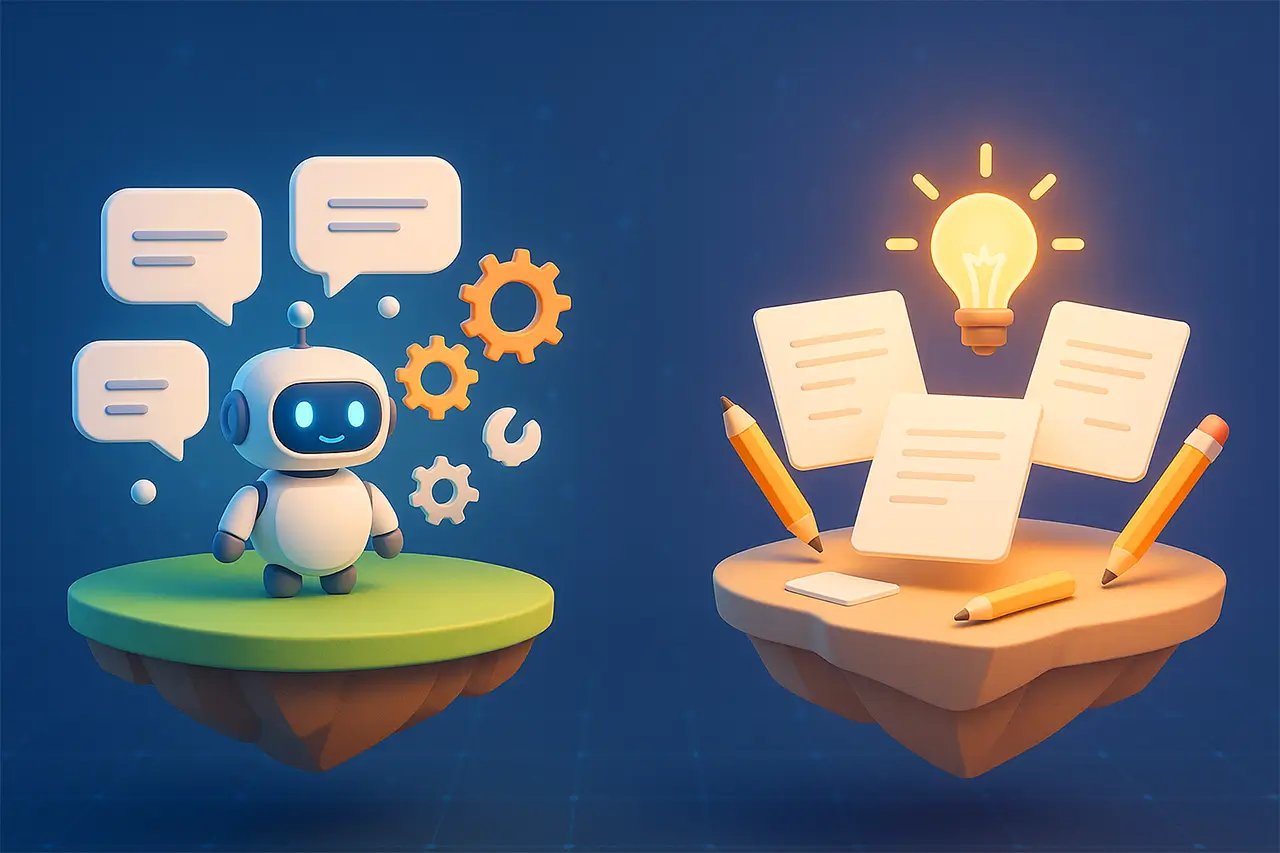
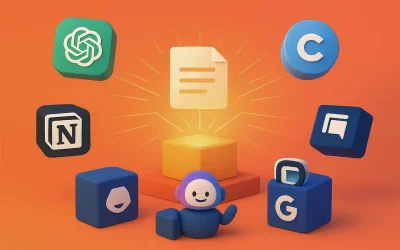

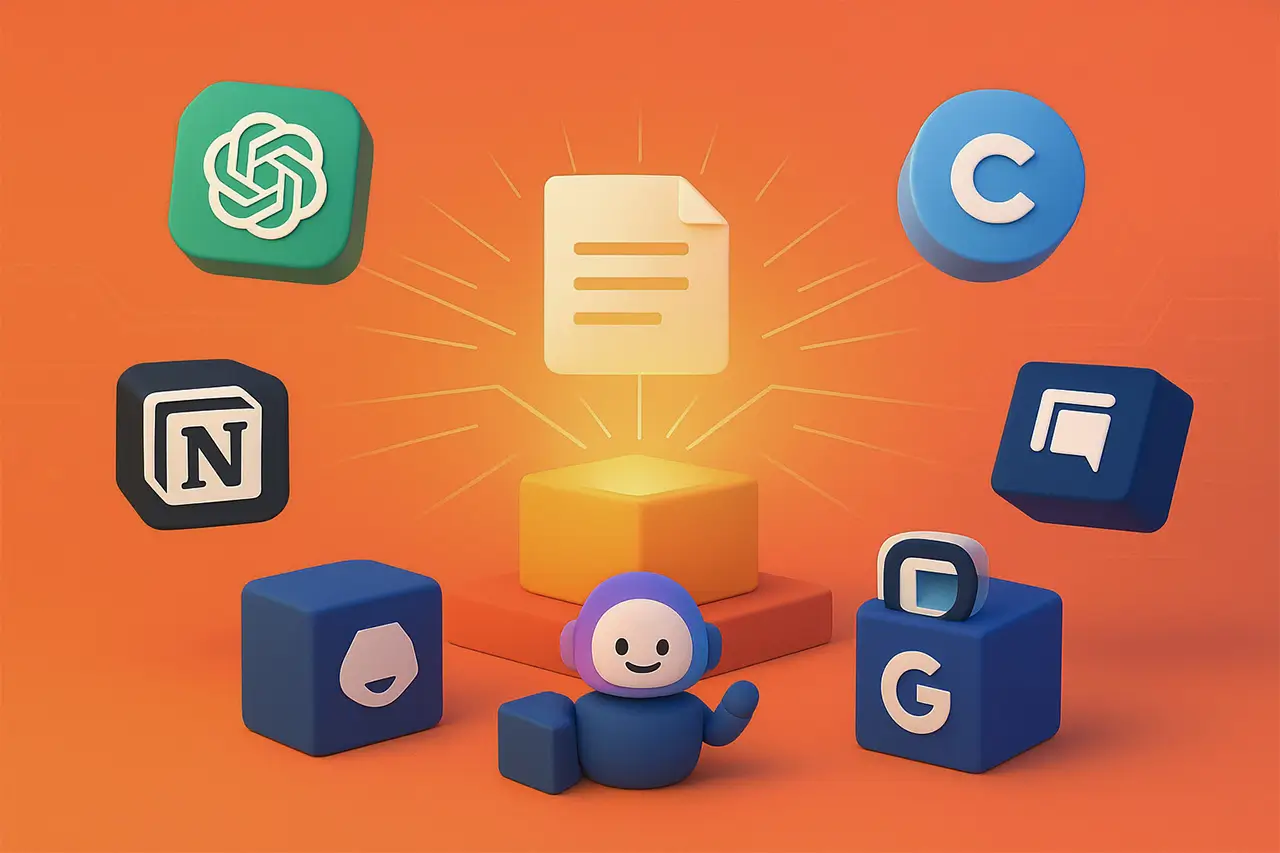
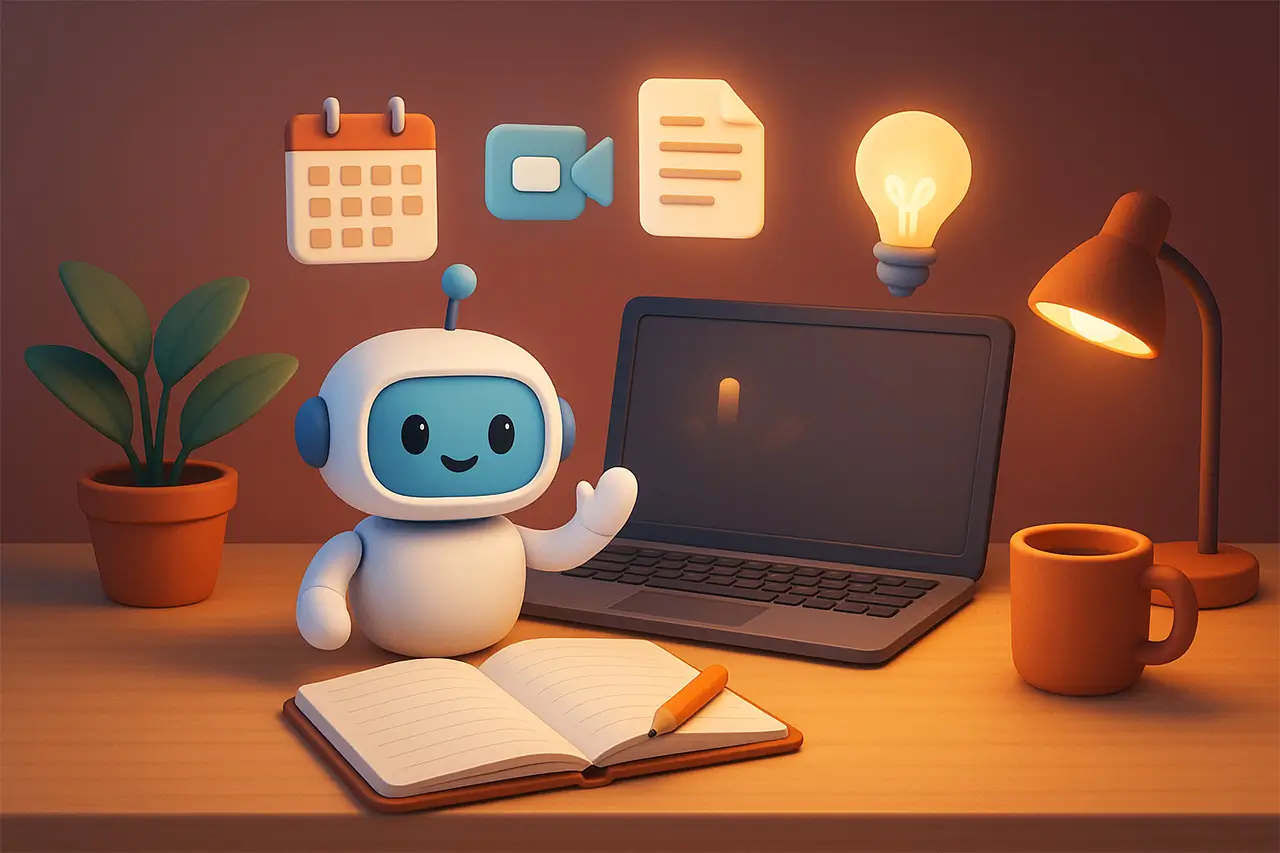
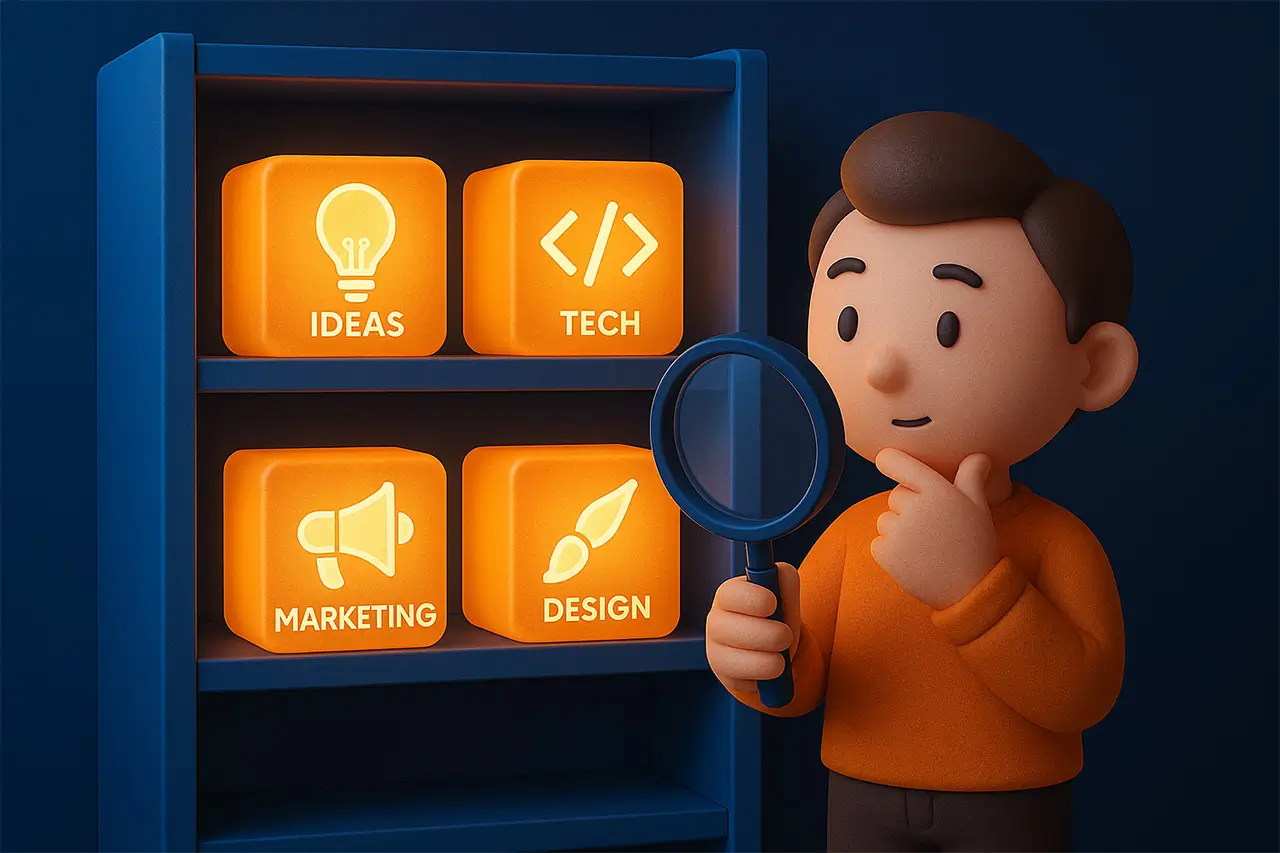
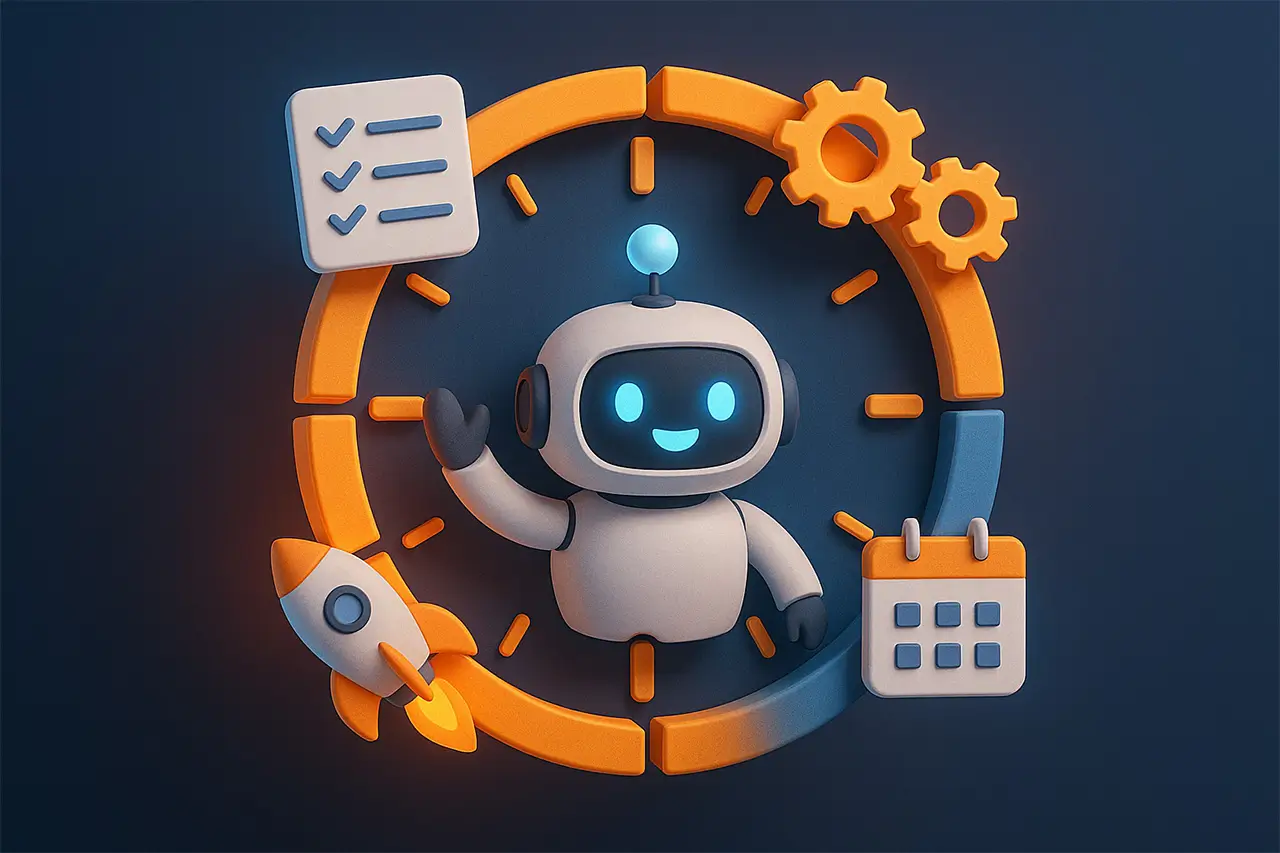
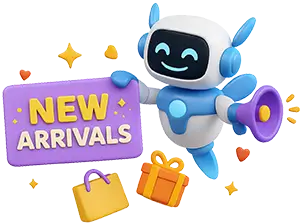
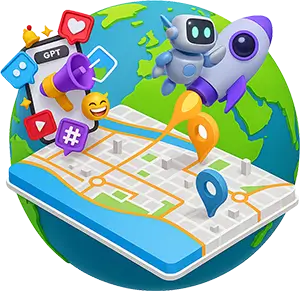
0 Comments